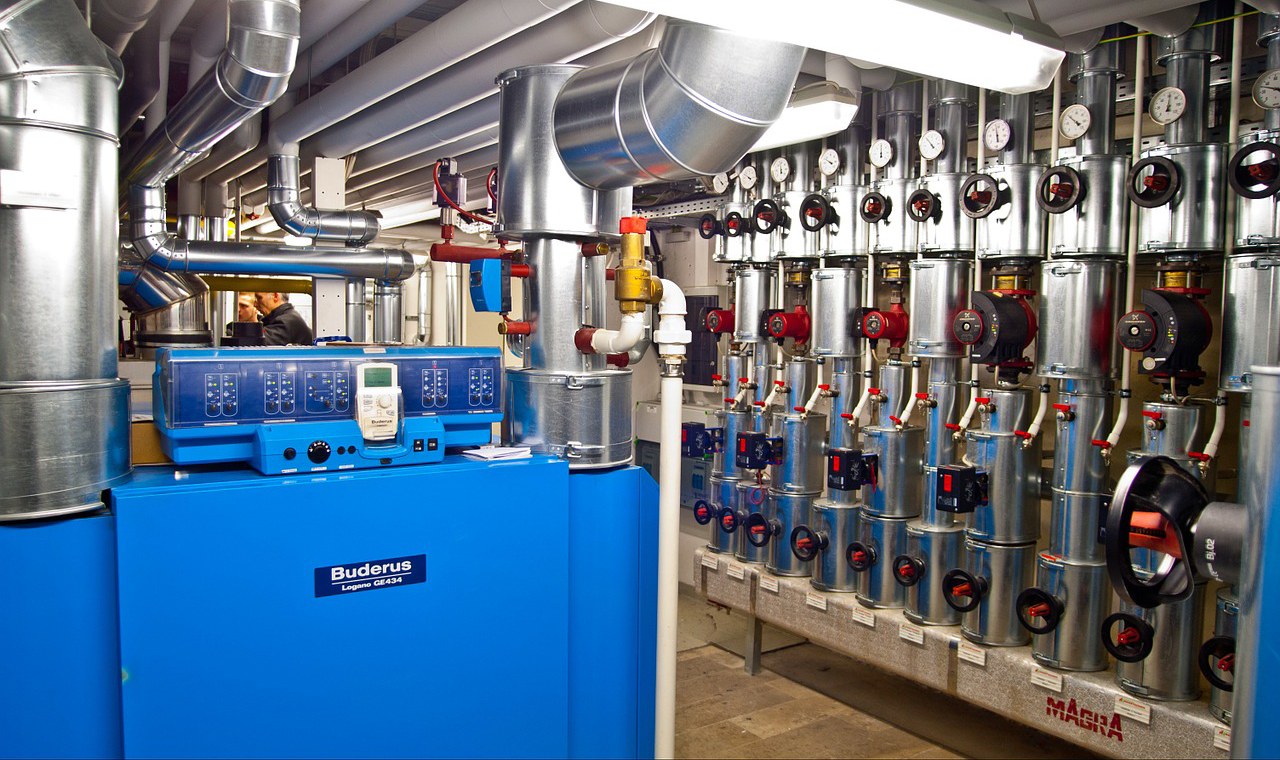As both hardware and its underlying technologies improve, DCS and SCADA systems are becoming increasingly interconnected. Both are types of monitoring and control systems used in industrial applications, able to monitor equipment and processes to ensure optimum performance within required tolerances and specifications. However, despite their increasing similarities, DCS and SCADA were originally designed to perform different functions, with some of those differences still quite relevant today.
However—never fear—WIN-911 alarm notification software is able to integrate with either system.
Industrial facilities of today are becoming increasingly complex. Whether they are involved in waste-water treatment, pharmaceutical production, general manufacturing, or anyone of a virtually limitless number of other possibilities, monitoring instruments are commonly positioned across various locations, gathering information from critical data points. Unfortunately, monitoring these instruments manually is both tedious and time-consuming, with information often presented in a crude format that can be hard to understand.
Control and monitoring systems such as DCS and SCADA were born from the growing need for user-friendly control systems containing programmable logic controllers (PLC) which would help workers to monitor—and better understand—the processes underway in their facility.
Distributed Control Systems (DCS) are used in industrial and civil engineering applications to manage equipment via control elements distributed throughout the system. This stands in contrast to systems using
DCS systems generally refer to the particular functional distributed control system designs that exist in industrial processes that are continuous or batch-oriented (e.g., oil and gas refining, chemical plants, pharmaceutical production, select food and beverage operations, water and wastewater treatment, utility power generation, mining, etc.). A common DCS setup is known as a setpoint control loop. Comprised of a pressure sensor, controller, and control valve, the sensor conveys pressure/flow measurements to the controller using an input/output (I/O) device and, when the measured variable reaches a certain point, the controller opens a valve or signals an alarm; as protocol dictates.
A typical DCS consists of controllers capable of executing from 1 to 256 regulatory control loops distributed geographically or functionally within a plant. In the past, when computers were less powerful and their networks had significantly less bandwidth, it was impractical for a central system to control all functions of a process. DCS devices were relied upon to do the detail work and report the overall data readings to a system like SCADA.
SCADA or Site Control and Data Acquisition refers to a system that collects data from various sensors and monitoring equipment throughout a factory or industrial complex and then sends it to a central computer for processing. SCADA is the preferred technology for overseeing processes that are distributed over a large geographic area. SCADA, unlike a DCS, has distributed intelligence meaning that, should communications with the central hub ever be lost, monitoring and control are still able to continue unhindered.
Traditionally, the term SCADA refers to a central system that monitors and controls a site, or a complex web of systems spread out over a large area. The bulk of the actual controlling is performed automatically by a DCS, a Remote Terminal Unit (RTU) or by a Programmable Logic Controller (PLC). Data is acquired at the RTU or PLC level, including meter readings, equipment status updates, etc., and communicated to the SCADA supervisory system. The data is then compiled and formatted in such a manner that it is more easily absorbed by the control room operator using the human-machine interface (HMI).
As would be expected, system differences often dictate which is correct for a specific application. For example, since DCS controllers are distributed, a single industrial accident will not bring down the system. On the other hand, a single incident can cripple a SCADA-based system. However, as technology improves, these two systems are becoming more and more integrated, making the distinction between them very subtle.
WIN-911 alarm notification software is able to integrate seamlessly with either system and serves as a catalyst for bringing SCADA and DCS systems forward into the wireless era. Upgrades to monitoring systems can make them so efficient that the control panel attendant often becomes unproductive. Adding WIN-911 helps to optimize operator efficiency by allowing personnel to monitor systems from anywhere, rather than being stuck at a central computer panel.
Whether a plant or facility uses SCADA or DCS, reliable alarm notification software is a crucial piece of maintaining functionality and reducing costs. WIN-911 is capable of integrating and optimizing with popular, industry-standard systems such as Rockwell RSView32, FactoryTalk View SE, General Electric (GE) Proficy IFIX, and Wonderware Invensys InTouch.
To find out more about how WIN-911 is being used in manufacturing, disaster prevention, and many more industries, visit our case study page.
